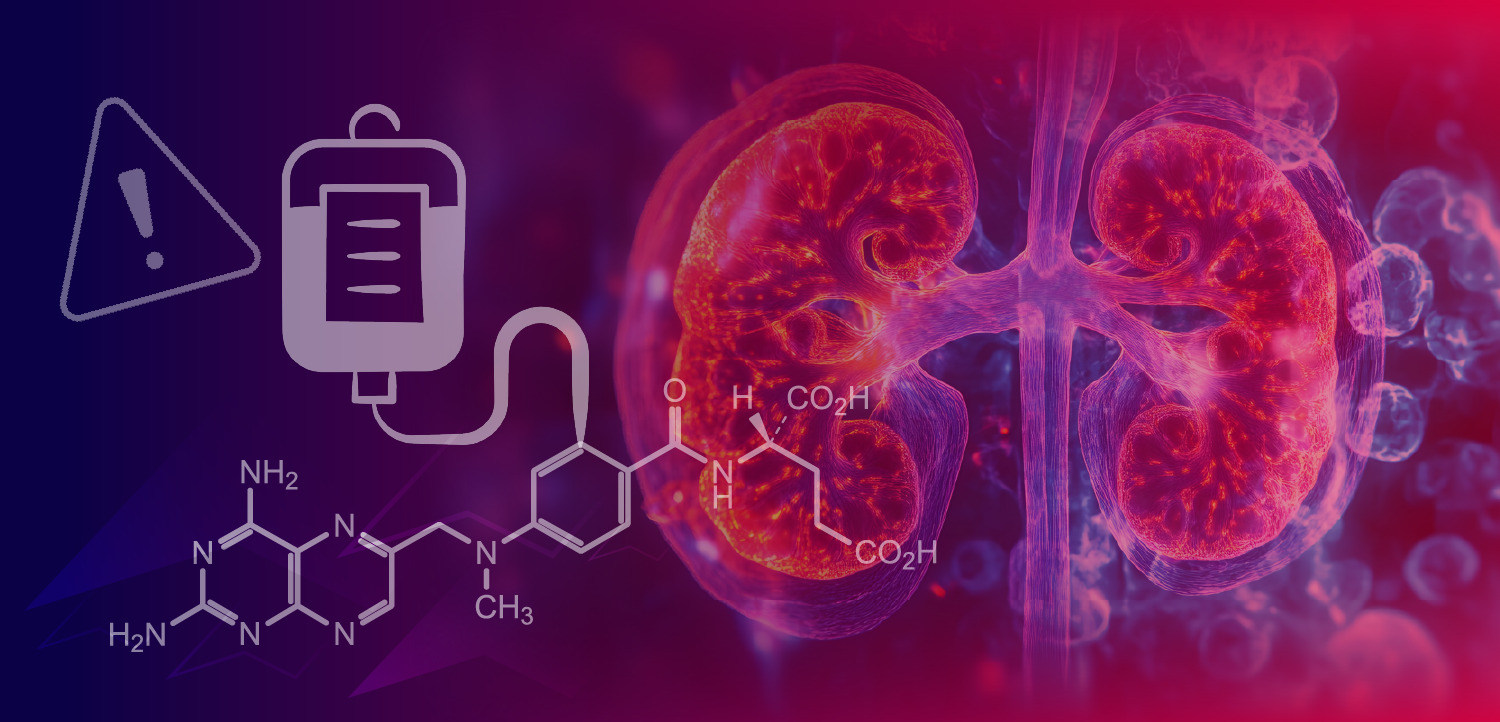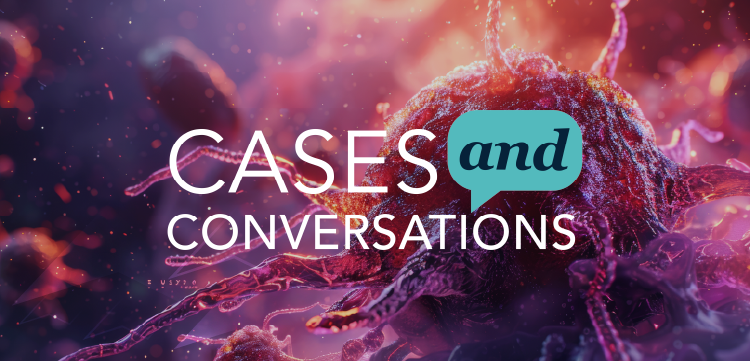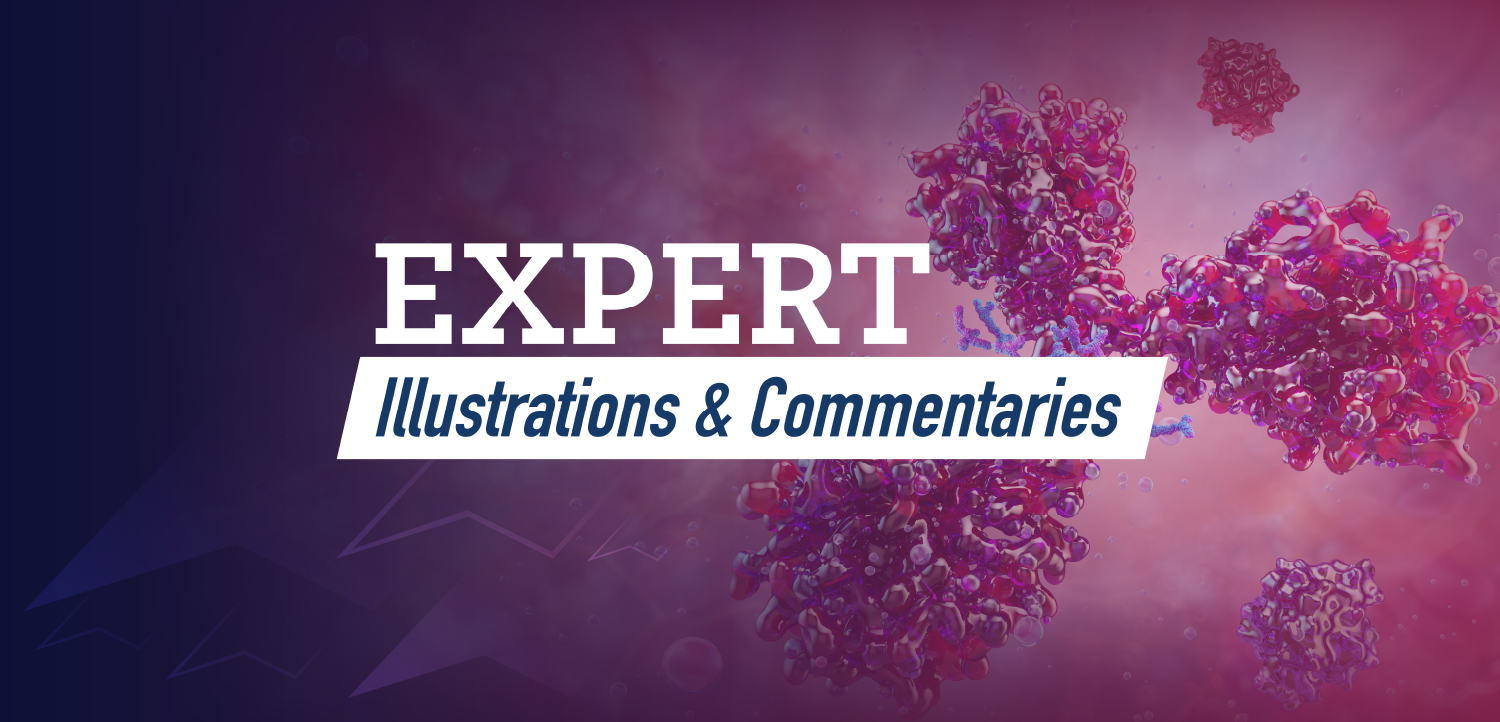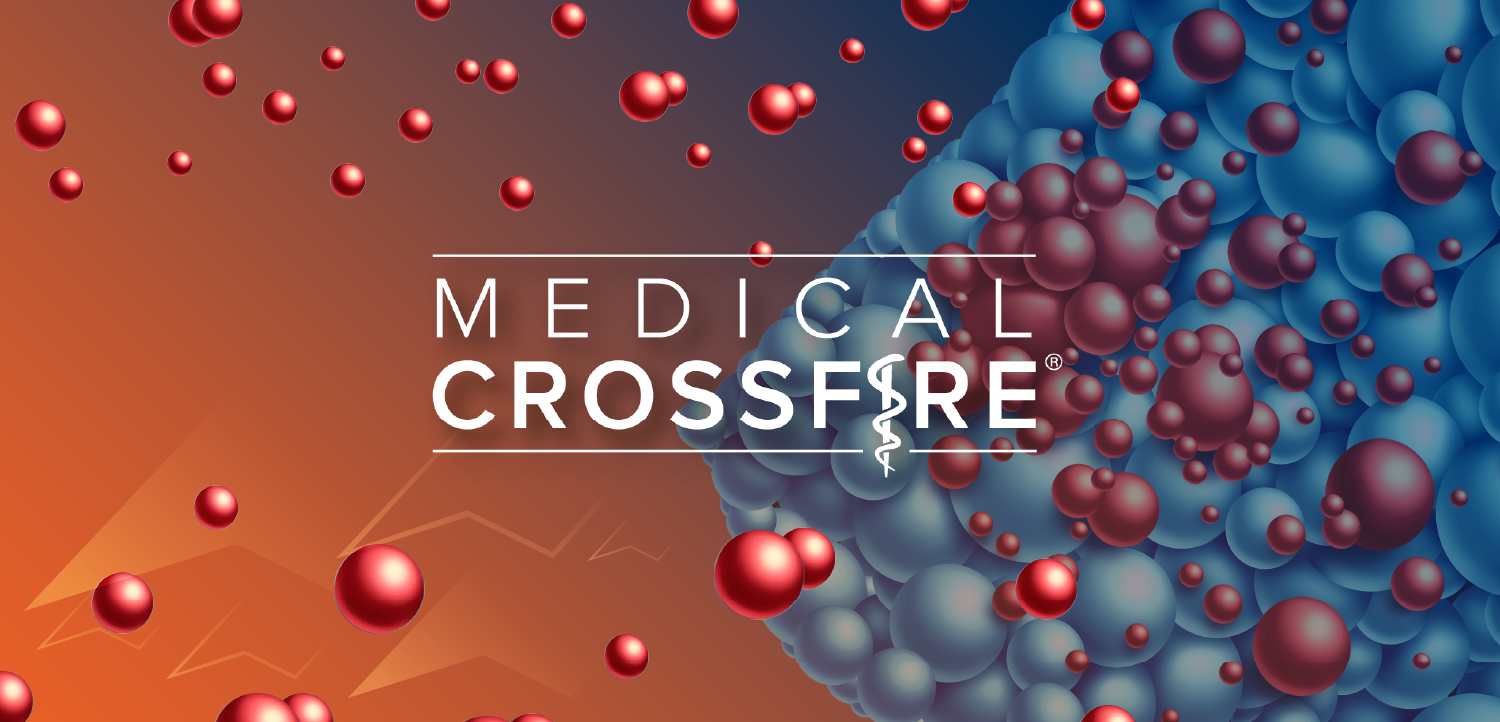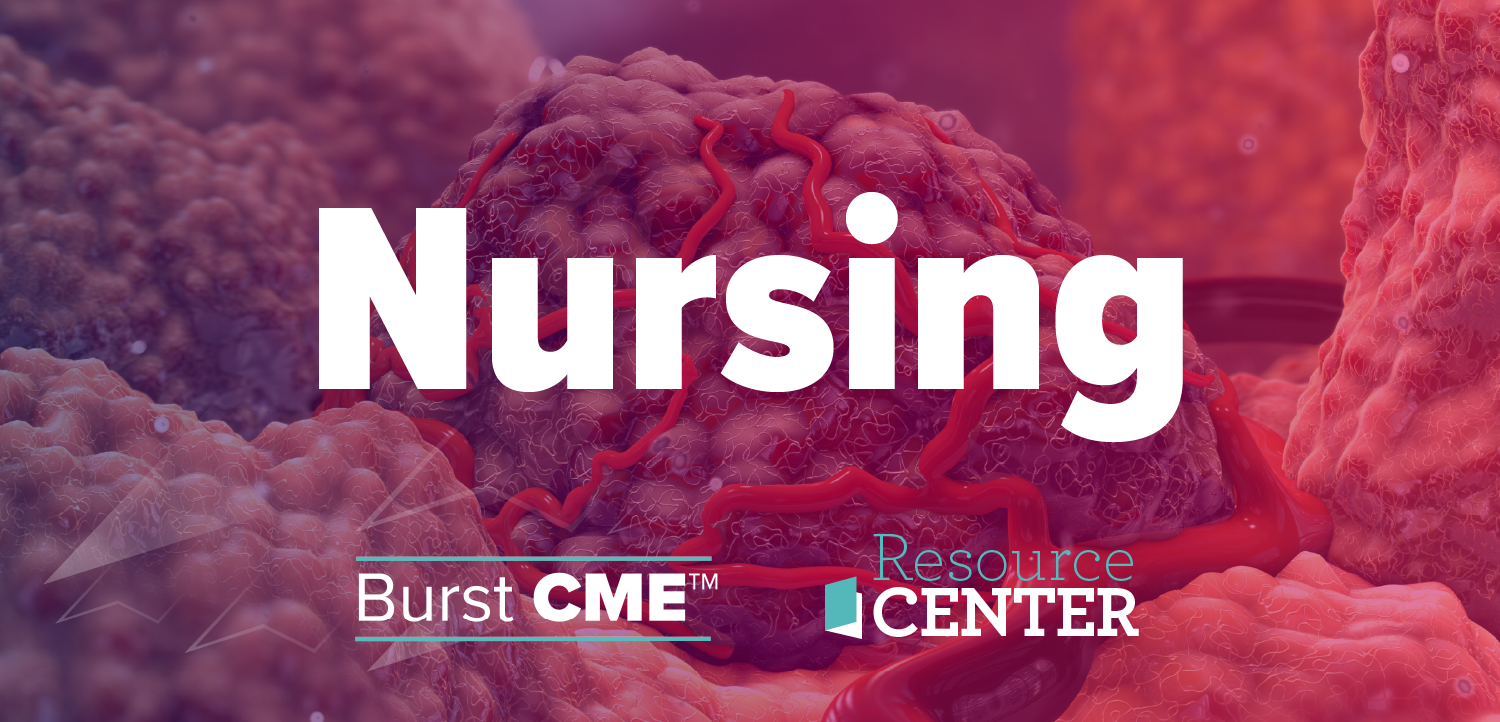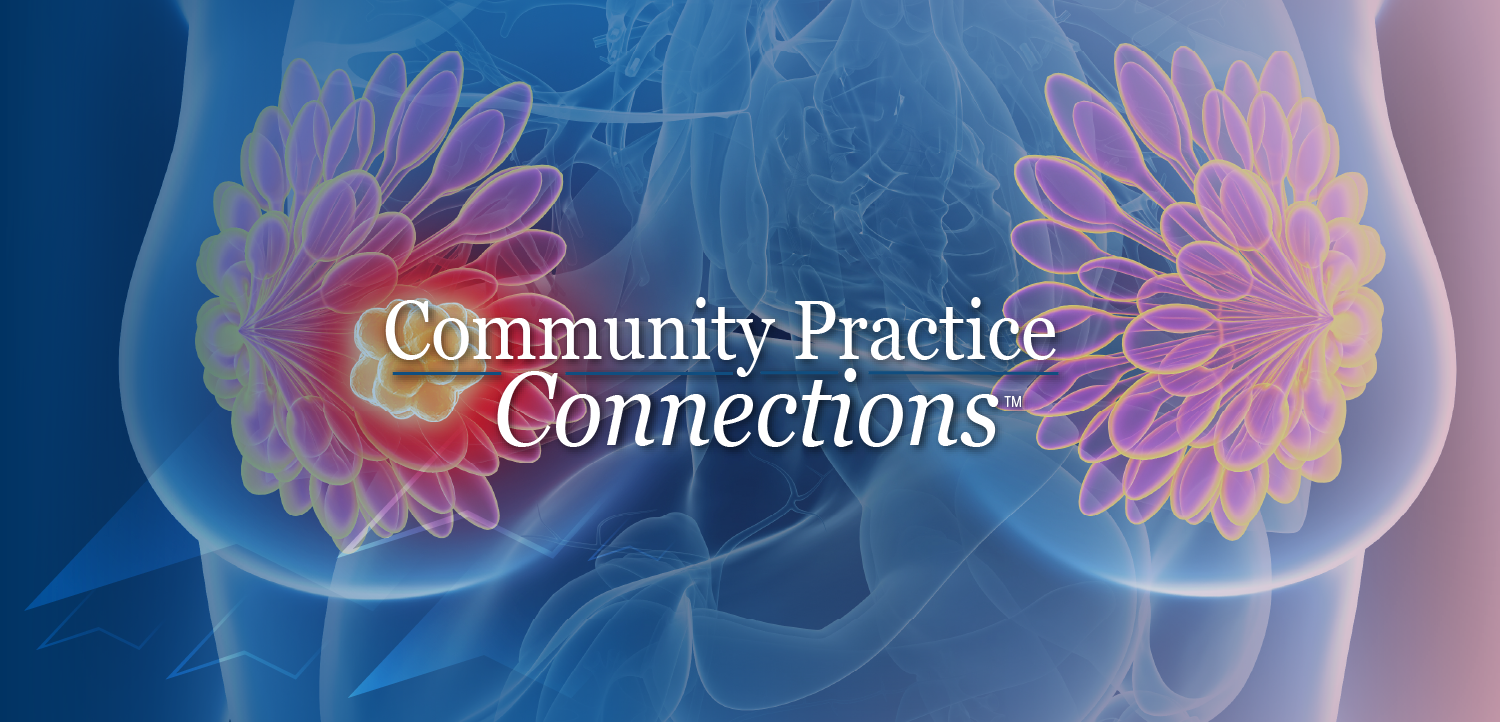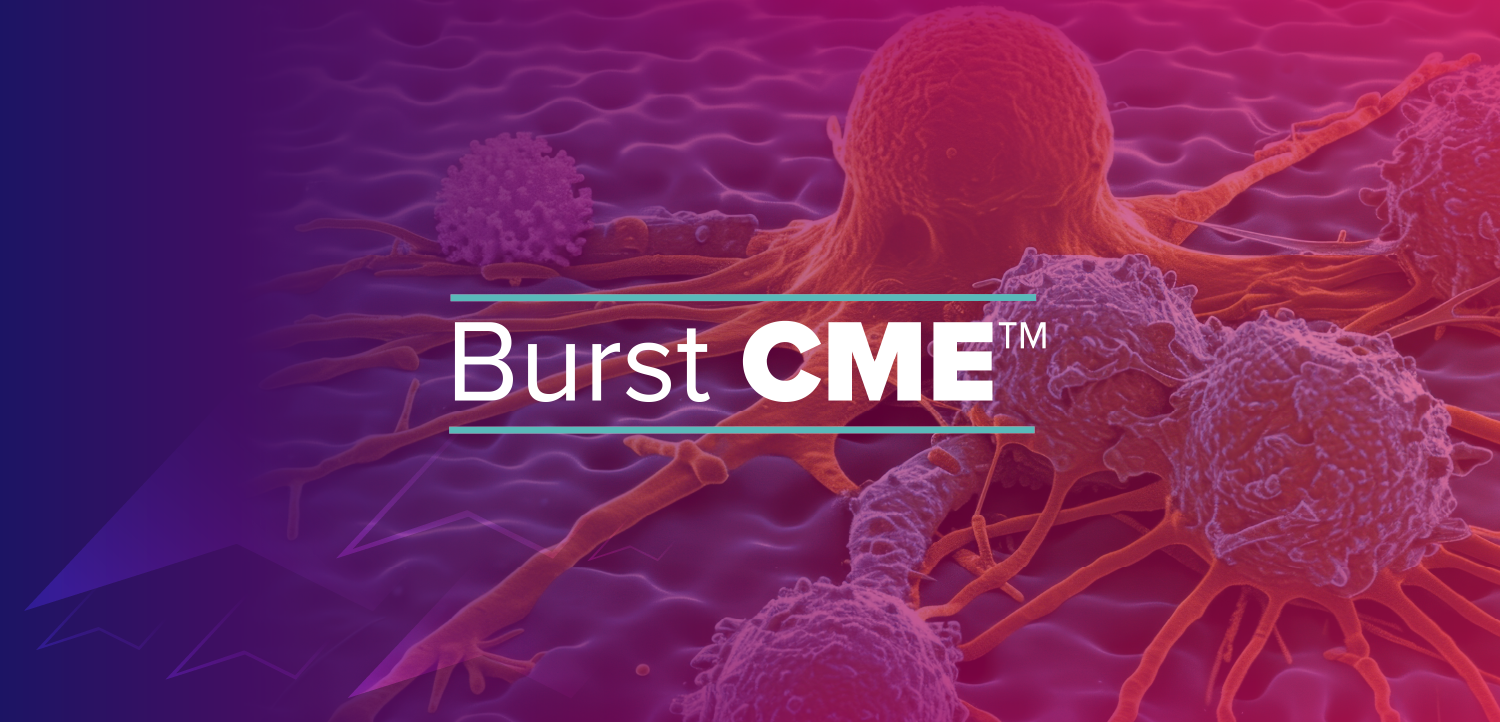
How Advanced Practice Providers Are Opening the Door to Healthier Cancer Conversations
Sponsored by Johnson & Johnson
Nicole Deline, Victoria Wong, and Randi Rabin have been compensated by Johnson & Johnson for their time to help develop this content.
Nicole Deline, MSN, APRN, FNP, AOCNP, an advanced practice provider (APP) based at a Nashville community oncology center, remembers one of her multiple myeloma patients particularly well: an 89-year-old man who was physically fit, active, and dedicated to daily exercise, even after his diagnosis. Although he responded well to initial therapy and kept up his daily exercise routine, dementia gradually diminished his ability to participate in his own care decisions. For the past five years, his two daughters have become his advocates, making decisions on next steps in partnership with Nicole and the rest of their father’s oncology team.
When patients and their families are navigating through a life-changing cancer diagnosis and are potentially overwhelmed by conflicting medical opinions, APPs often become the clinicians who enable trust, reduce anxiety, and turn treatment choices into real conversations where everyone is involved.
“This was a perfect case where family became the shared decision-makers with us,” Nicole says. “We’ve been able to maintain his standard of living, and his daughters remain active partners in every conversation.”
In the high-stakes world of oncology, regardless of type, shared decision-making is not a buzzword. It’s a collaborative process that brings together clinicians, patients, and families to understand patient preferences, address concerns, and make treatment decisions together.1,2
Due to an aging population, the projected shortage of hematologists, oncologists, and urologists, as well as an imbalanced geographic distribution of oncologists, the role of the APP has become even more critical in oncology.3
Bringing the patient voice forward.
Traditionally, patients receive guidance from their physicians and sometimes seek a “second opinion” from another doctor or specialist. But as Nicole describes, today’s APPs go further, bridging the gap between rapidly evolving cancer care and the realities of each patient’s daily life.
“We’re about seeing the whole person, not just the diagnosis,” adds Randi Rabin, PA-C, MMSc, MPH, who specializes in lung cancer in the community setting. “I try to balance the medical facts with who they are, their family, their lifestyle, their fears. Sometimes, I’ll say, ‘If you were my mom, here’s what I’d want you to know.’”
It’s a connection patients recognize. In a national survey, conducted as part of the
APPs not only support the care team but are often the closest clinical partner to the patient and their family by advocating, educating, and coordinating every step.
“At the end of the day, we all have the same goal when working with the patient’s entire care team,’’ says Victoria Wong, MHS, PA-C, who focuses on genitourinary cancers. “We’re all trying to help the patient feel better but may have different ways of going about it.”
This is where the “third opinion” comes in: the patient’s own perspective (or care partner’s) that is surfaced and then validated by the APP. In the uncertainty of a cancer journey, this distinct, objective voice can be the most meaningful.
APPs help navigate complicated choices across oncology.
When patients and families are included, respected, and informed, they’re far more likely to trust the multi-disciplinary care team and stay on track with treatment.
“It’s essential to engage the patient at every single step, making sure they understand their disease, their treatment options, and that their goals are heard and respected,” says Nicole. “With a complex disease like multiple myeloma, engaging in shared decision-making is crucial. This means combining evidence-based recommendations with a clear understanding of what the patient hopes to achieve from their treatment.”
This all starts in the exam room, where patients may be told their disease is getting worse and “here's what we can do.” Then the patients and their families feel put on the spot, as if they have to decide at that moment. “But they deserve time to think about their choices,” says Randi.
But, as Nicole notes, the desire to be involved in decisions varies. While some patients prefer to be hands-on, others defer. Some need their family to step in. For these reasons, Nicole starts every visit by asking, “Can you tell me what you know about your diagnosis?”
That opens the door for them to admit what’s confusing or scary.
“If I don’t actually know where they’re at, I could talk the whole visit and realize they didn’t understand a word I said,” Nicole explains. Listening, adapting, and truly seeing each patient as a person and meeting them where they are, and where they have questions and concerns or need more education, is what makes the difference.
“I always remind patients that they can reach out with a phone or portal message. We have an on-call team to answer concerns and calls, even after hours,” says Victoria. “Sometimes, just knowing that the team is reachable makes a huge difference.”
Why shared decision-making works.
For many patients, the shock of a cancer diagnosis or the complexity of treatment pathways, depending on their cancer type, can be overwhelming. It’s common for patients to instinctively defer to their healthcare providers, following instructions without feeling empowered to ask questions or express their own preferences. Too often, patients simply “do what they’re told,” not because they lack interest, but because the medical journey can be unfamiliar, says Nicole.
That’s why it is so important for care teams to intentionally foster open dialogue, encourage patients and their families to share their perspectives, voice concerns, and participate in shared decision-making. By creating space for honest conversations, care teams can help patients move from passive recipients of care to active partners in their treatment journey.
“When we’re talking about managing side effects like nausea, diarrhea, or even just how to get to appointments, I present options and write them down for patients,” says Randi.
By stepping into this gap, APPs ensure patients leave with practical guidance and support they can rely on, especially at home. This approach matters. And here’s why:
- In a survey of oncology patients, those who experienced shared decision-making felt significantly better informed about their treatment options and were more satisfied with information provided by their physician compared to those who did not use a decision aid.5
- A survey of cancer patients found that 91.4% preferred to make treatment decisions together with their physician, and those who reported high involvement in SDM were more likely to be satisfied with the information received.5
- Patients with advanced prostate cancer who participated in structured SDM reported that it helped them understand their options, facilitated more meaningful conversations with providers, and prioritized quality of life in their decision-making.6
Connection and communication are at the heart of what makes APPs essential, especially in this evolving world of shared decision-making. Empathy is also important because “compassion goes just as far as any treatment,’’ says Randi.
“I always tell my patients, ‘This is your journey. Let’s make sure you’re comfortable with every step,’” says Victoria. “So, even if the final decision is tough, they feel it’s theirs.”
For additional resources and educational materials, visit
References
- Agency for Healthcare Research and Quality. Accessed September 30, 2025. https://www.ahrq.gov/sites/default/files/wysiwyg/professionals/education/curriculumtools/shareddecisionmaking/workshop/module1/shareworkshop-mod1guide.pdf
- Association of Community Cancer Centers (ACCC). Accessed September 30, 2025. https://www.accc-cancer.org/docs/projects/sdm/shared-decision-making-publication_final.pdf?sfvrsn=994b7f55_0&E
- Bruinooge SS, Pickard TA, Vogel W, et al. Understanding the role of advanced practice providers in oncology in the United States. J Oncol Pract. 2018;14(9):518-532. doi:10.1200/JOP.18.00181
- Janssen Oncology & The Advanced Practitioner Society for Hematology & Oncology. About the Survey: This survey was conducted online within the United States by The Harris Poll on behalf of Janssen Oncology & APSHO, from May 15-June 9, 2023, among 100 US adults ages 18 and older who have been diagnosed with multiple myeloma and 200 APPs (nurse practitioners [NPs] [n=131] and physicians assistants [PAs] [n=69]) who see at least 3 patients with multiple myeloma annually.
- Josfeld L, Keinki C, Pammer C, et al. Cancer patients’ perspective on shared decision-making and decision aids in oncology.J Cancer Res Clin Oncol. 2021; 147(6):1725-1732. doi: 10.1007/s00432-021-03579-6.
- Association of Community Cancer Centers (ACCC). Accessed October 30, 2025. https://www.accc-cancer.org/docs/projects/prostate-cancer/prostate-cancer-landscape-analysis.%20pdf
© Johnson & Johnson and its affiliates 2025 11/25 cp-546659v1
Newsletter
Knowledge is power. Don’t miss the most recent breakthroughs in cancer care.







































